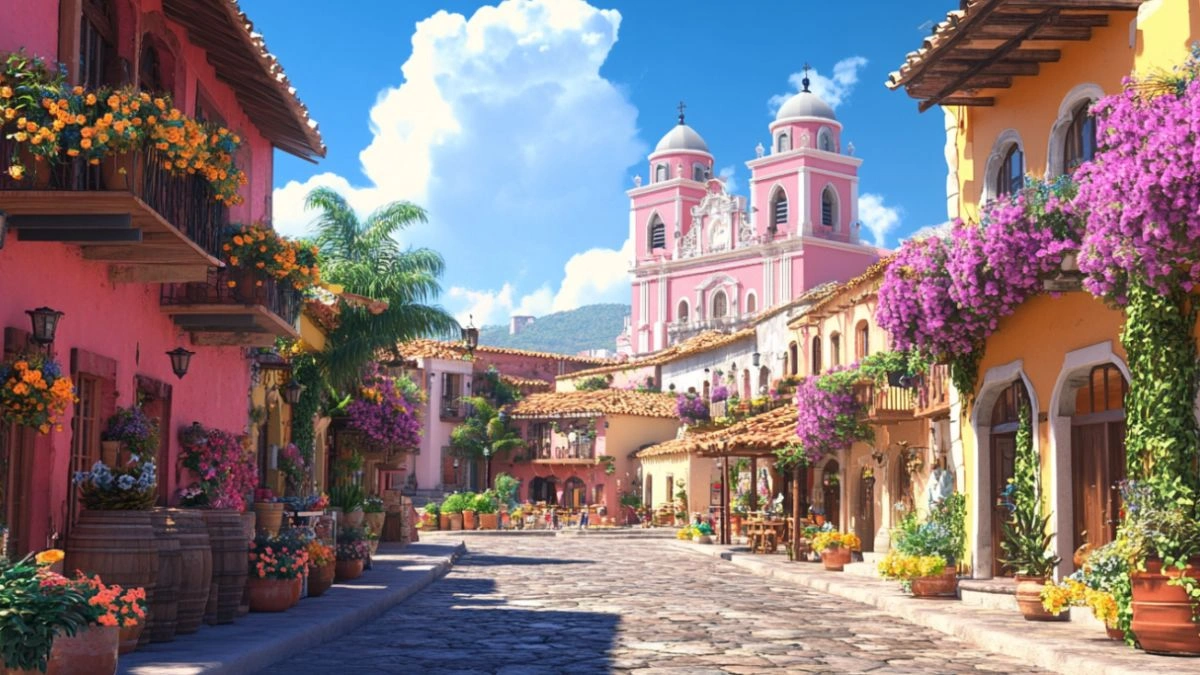Dive into Mexico Culture: Must-See Cultural Sites and Events
Table of Contents
Mexico’s culture is as vibrant and layered as the colors that adorn its handcrafted textiles and colonial buildings. From pre-Hispanic civilizations to contemporary celebrations, the country offers a captivating blend of heritage, artistry, and living tradition. Did you know Mexico is home to over 30 UNESCO World Heritage Sites and dozens of Indigenous languages still spoken today? This cultural richness isn’t just preserved in museums—it thrives in festivals, food, music, and every corner of its landscapes.
Whether you’re drawn to the ancient ruins of the Maya and Aztecs or enchanted by the elegance of colonial cities, exploring Mexican culture goes far beyond typical sightseeing. You’ll encounter deeply rooted customs, vivid public art, and sacred rituals that invite you to engage, not just observe.
This guide highlights the most awe-inspiring cultural landmarks and dynamic events that embody the heart of Mexico. From pyramids to parades, it’s a curated journey for travelers seeking to experience the soul of the country. Get ready to explore the must-see cultural sites and events that define Mexico’s heritage, from the archaeological wonders of the past to the fiestas that light up its modern cities.
Chichen Itza: An Ancient Wonder of the Maya Civilization
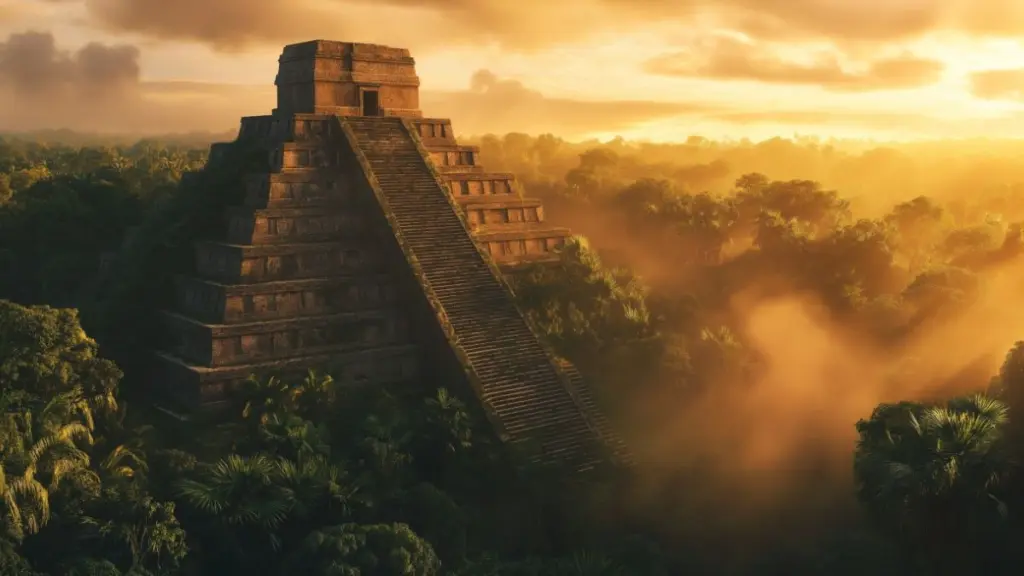
Chichen Itza is one of Mexico’s most iconic cultural treasures. Located in the Yucatán Peninsula, this UNESCO World Heritage Site is a prime example of Mayan ingenuity and architecture. Its crowning structure, El Castillo (Temple of Kukulcán), is a step pyramid designed with remarkable astronomical precision.
Each spring and autumn equinox, the sun casts a shadow that resembles a serpent slithering down the pyramid’s side—a stunning display that draws thousands of visitors annually. The surrounding ruins, including the Temple of Warriors and the Great Ball Court, provide deeper insight into the spiritual and political life of the ancient Maya.
Plan to visit early in the morning or later in the day to avoid peak heat and crowds. Guided tours can significantly enrich the experience by unpacking the site’s symbolism and historical context.
Highlights of Chichen Itza
| Feature | Description |
|---|---|
| El Castillo | Step pyramid that aligns with equinox sunrises |
| Sacred Cenote | Water-filled sinkhole used in rituals |
| Temple of Warriors | Carved columns and jaguar thrones |
| Great Ball Court | Largest in Mesoamerica, with acoustic marvels |
Day of the Dead: Celebrating Life Through Tradition
Día de los Muertos, or Day of the Dead, is one of the most emotionally rich and visually striking cultural events in Mexico. Celebrated on November 1st and 2nd, this tradition honors deceased loved ones through a colorful display of altars, marigolds, candles, food offerings, and sugar skulls.
While observed throughout the country, Oaxaca and Mexico City are particularly renowned for their elaborate festivities. Streets fill with candlelit processions, papel picado (cut paper decorations), and costumed dancers. It’s a celebration that blurs the lines between life and death, inviting both reflection and joy.
This holiday isn’t about mourning; it’s a heartfelt reunion with ancestors, rooted in Indigenous beliefs and blended with Catholic practices. Participating in or respectfully observing a local celebration is an unforgettable way to connect with the heart of Mexican spirituality and family values.
Day of the Dead Symbols and Their Meanings
| Symbol | Meaning |
|---|---|
| Marigolds | Guide spirits with their scent and color |
| Sugar Skulls | Represent the cycle of life and death |
| Ofrendas | Altars with offerings to welcome loved ones |
| Pan de Muerto | Traditional bread with symbolic shapes |
San Miguel de Allende: Colonial Charm and Artistic Spirit
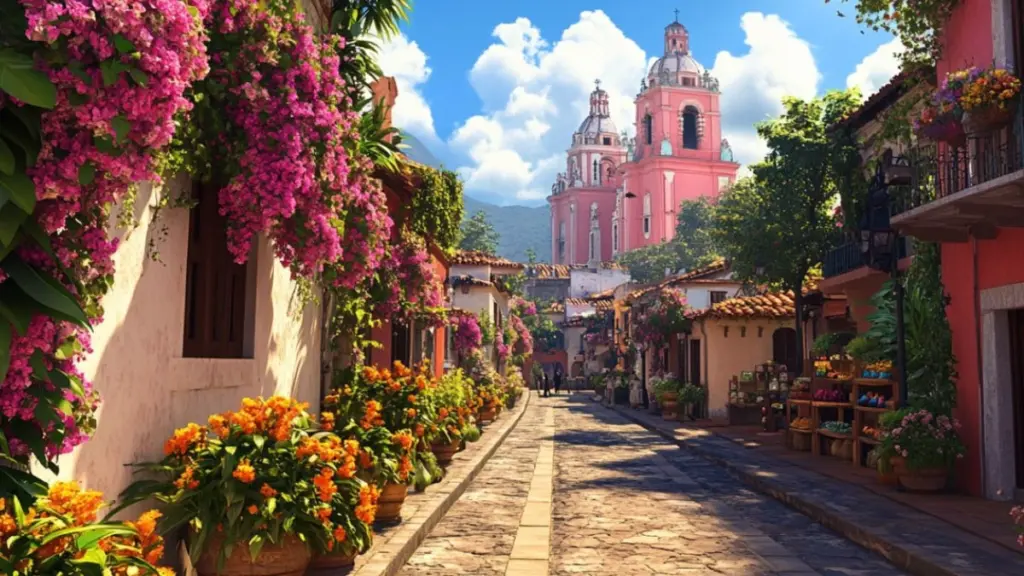
San Miguel de Allende is a cultural gem nestled in the highlands of central Mexico. With its cobblestone streets, pink-hued cathedral, and vibrant arts scene, it embodies the fusion of Spanish colonial elegance and modern creativity.
Designated a UNESCO World Heritage Site, the city is known for its well-preserved Baroque architecture and annual festivals like the San Miguel Music Festival and the Day of San Miguel in September, which includes fireworks, parades, and traditional dances.
The city also has a strong artisan presence, offering galleries, craft markets, and workshops ranging from metalwork to embroidery. Whether you’re admiring murals or sipping local wine in a courtyard, San Miguel invites cultural immersion at every turn.
What to Explore in San Miguel de Allende
| Site or Event | Experience |
|---|---|
| Parroquia de San Miguel | Iconic pink church on the main square |
| Fabrica La Aurora | Former textile factory turned art center |
| Artisan Markets | Handcrafted goods, jewelry, and textiles |
| Local Festivals | Live music, folkloric dance, and fireworks |
Teotihuacan and the Mysteries of the Gods
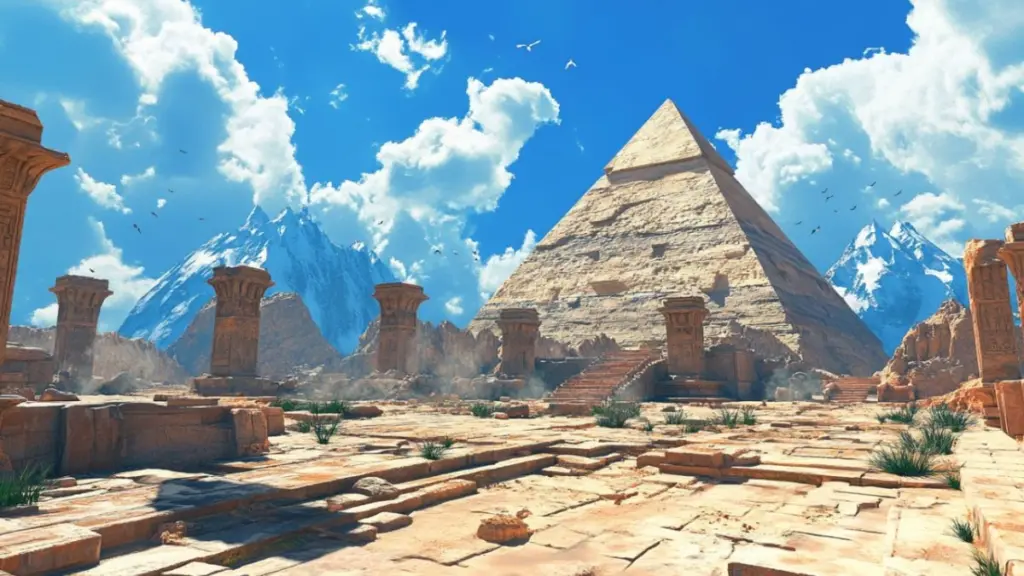
Located just outside Mexico City, Teotihuacan is one of the largest and most influential pre-Columbian cities in the Americas. This archaeological wonder, with its immense Pyramids of the Sun and Moon, was once a sprawling metropolis with over 100,000 residents. Its layout and architecture continue to fascinate archaeologists and visitors alike.
Unlike other Mesoamerican cities, Teotihuacan was not definitively linked to the Aztecs or Maya. Its origins remain mysterious, adding to its allure. Walking along the Avenue of the Dead, surrounded by colossal structures and ancient murals, offers a powerful connection to the past.
Visitors can explore the Temple of Quetzalcoatl, known for its intricate serpent carvings, and climb the pyramids for sweeping views. The on-site museum provides artifacts and context, deepening your appreciation of this sacred city.
Key Features of Teotihuacan
| Structure | Notable Elements |
|---|---|
| Pyramid of the Sun | Third largest in the world, panoramic views |
| Pyramid of the Moon | Aligned with mountain and ceremonial plaza |
| Temple of Quetzalcoatl | Serpent heads and warrior iconography |
| Avenue of the Dead | Central axis flanked by ruins and temples |
Guelaguetza Festival – Oaxaca’s Cultural Heartbeat
Held each July in the state of Oaxaca, the Guelaguetza Festival is a dazzling display of Mexico’s Indigenous diversity. Rooted in pre-Hispanic traditions, the name “Guelaguetza” means “offering” or “reciprocal exchange,” and the festival lives up to its name with performances that celebrate community and gratitude.
Participants from Oaxaca’s eight regions wear traditional attire and present their unique dances, songs, and crafts in an open-air amphitheater on Fortín Hill. It’s not just a tourist attraction—it’s a proud expression of Indigenous heritage passed down through generations.
The event includes food fairs, mezcal tastings, parades, and artisanal markets, making it a full immersion into Oaxacan culture. If you’re planning to attend, book accommodations well in advance and try to catch a community-organized version of the event for a more intimate experience.
What Makes Guelaguetza Special
| Element | Cultural Significance |
|---|---|
| Regional Dances | Unique traditions from Zapotec, Mixtec, and others |
| Traditional Dress | Handwoven garments rich with symbolism |
| Food and Mezcal | Local cuisine rooted in ancestral recipes |
| Art and Music | Live performances and handmade instruments |
Puebla: Where Culinary and Colonial Heritage Meet
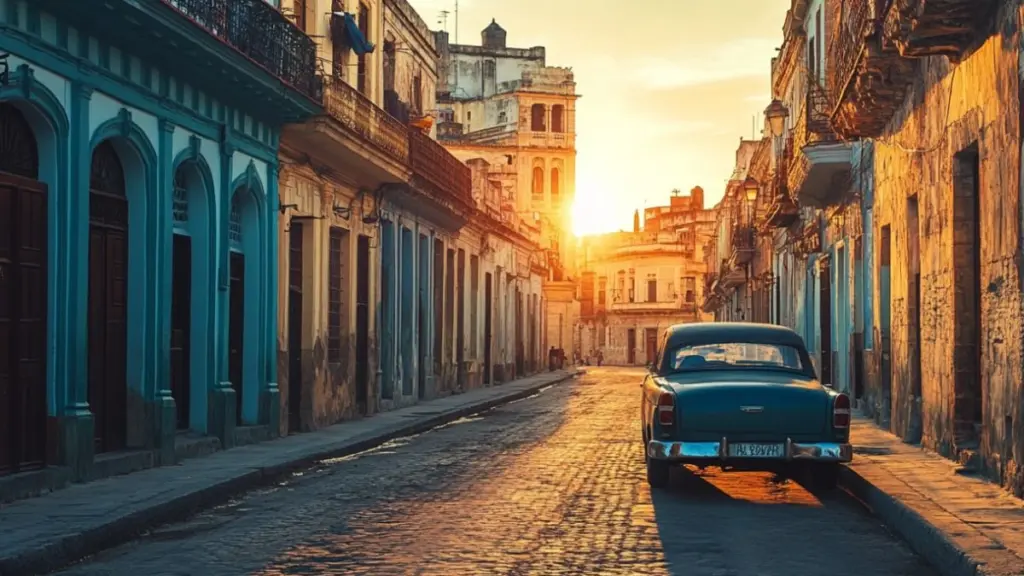
Puebla is another must-visit city for cultural travelers. Famous for its colonial architecture and as the birthplace of mole poblano, this city offers a layered experience of history, faith, and flavor. The city’s historic center, a UNESCO site, boasts over 70 churches and thousands of ornate buildings.
Puebla is also celebrated for Talavera pottery, a centuries-old ceramic tradition still practiced today. Workshops and local markets showcase this art form in tiles, plates, and murals that adorn both public and private spaces.
Plan your visit during Cinco de Mayo for historical reenactments and celebrations that commemorate Mexico’s victory over French forces in 1862. Though the holiday is more subdued than in the U.S., its roots in Puebla run deep.
Cultural Gems in Puebla
| Attraction | Highlight |
|---|---|
| Mole Poblano | Signature dish blending over 20 ingredients |
| Talavera Workshops | Learn about ceramic artistry and history |
| Puebla Cathedral | Grand architecture and religious art |
| Cinco de Mayo Parade | Battle reenactments and cultural pride |
Conclusion
To dive into Mexico culture is to step into a living mosaic of history, spirituality, and celebration. From the monumental ruins of Teotihuacan to the vibrant rituals of Día de los Muertos and the dance-filled hillsides of Guelaguetza, every site and event offers a deeper understanding of the country’s soul.
This journey isn’t about checking off tourist spots—it’s about connection. Whether through a shared meal, a folkloric dance, or an ancient pyramid’s shadow, Mexico invites you to experience culture in motion. It’s a country where the past and present dance together, and where every traveler leaves with a richer story to tell.

